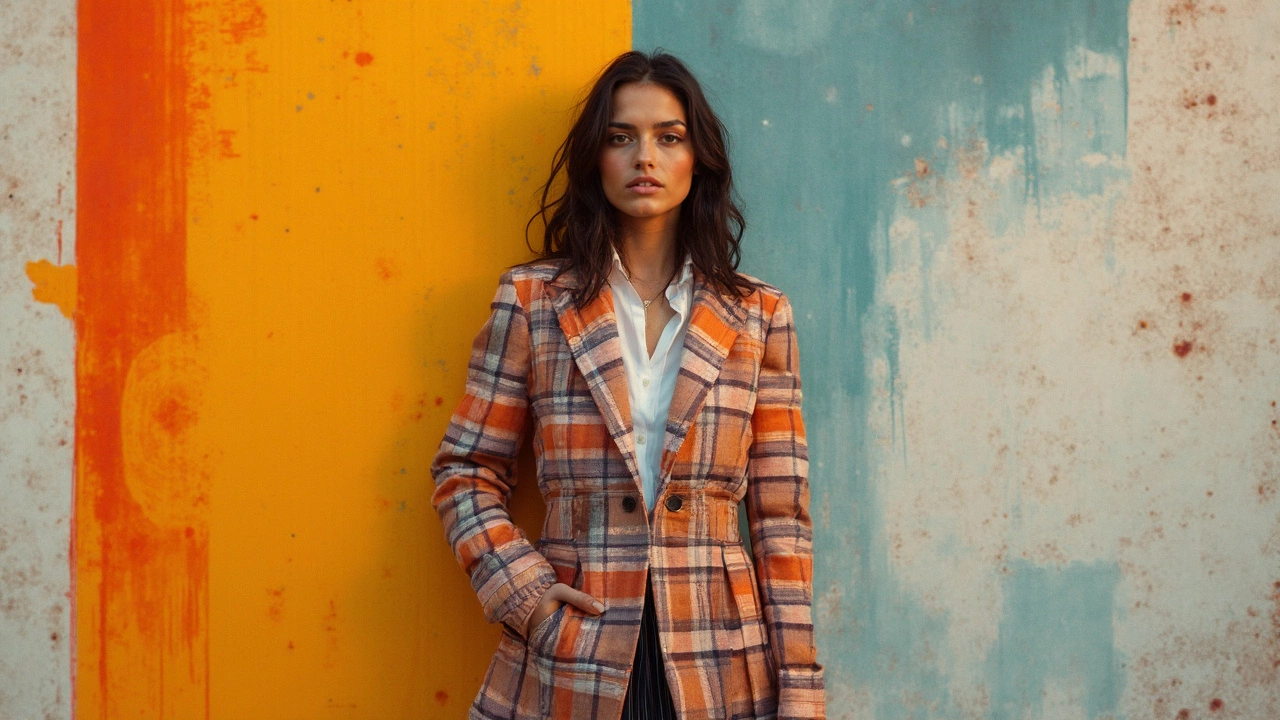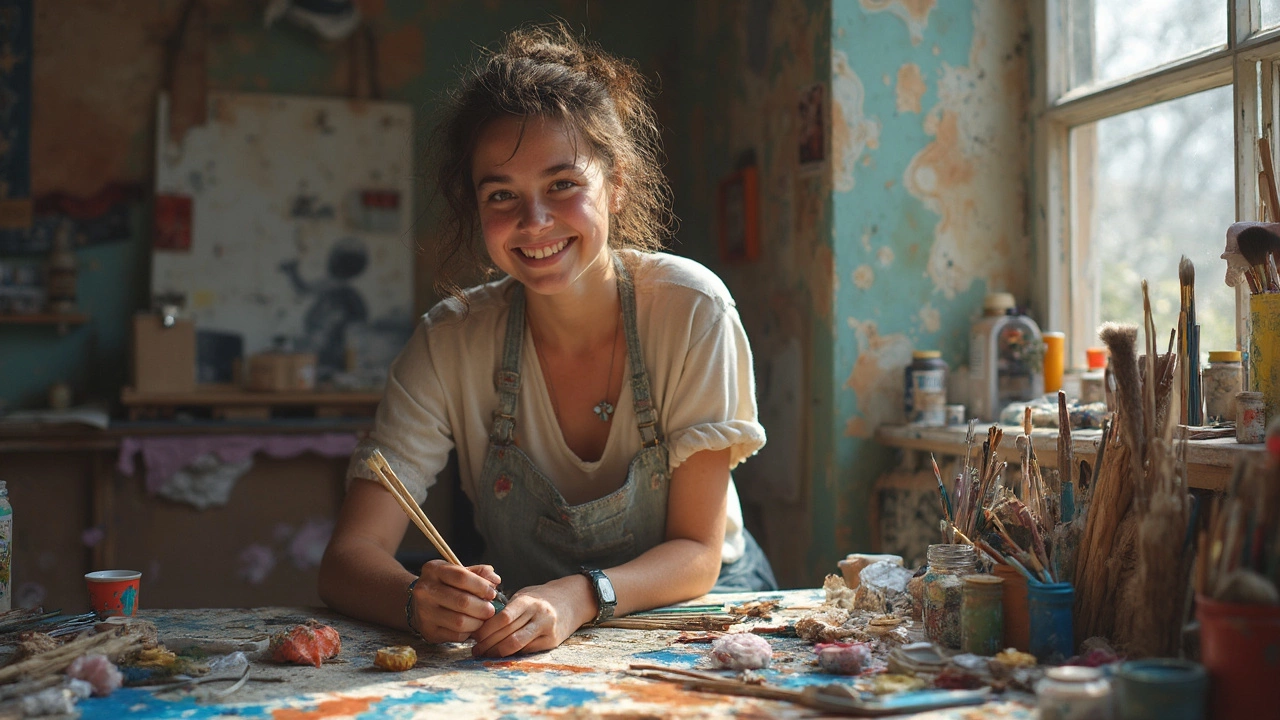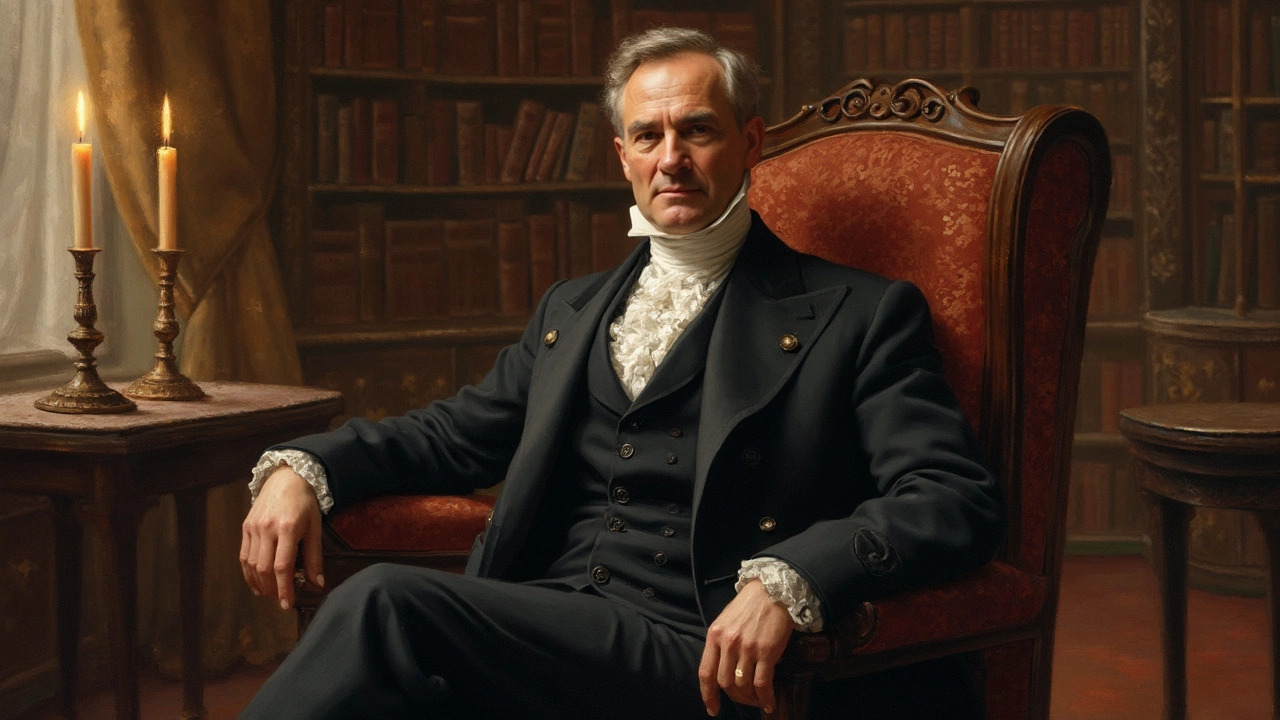So, you're curious about portraits, huh? Well, it's a fascinating corner of the art world that's got layers upon layers of depth. Today, we're diving into three types of portraits you'll commonly run into. Whether you're picking up a brush or just trying to impress someone with your art knowledge, knowing these styles will surely come in handy.
First up, let's chat about traditional portraits. Imagine the grand paintings of kings and queens; these portraits are all about capturing the person's likeness, often in a realistic style. They're filled with detail and sometimes even a bit of drama, showing off the subject’s status or personality.
But we're not stuck in the past! Modern times bring us contemporary portraits, which break a few old rules. These are more about expressing the artist’s interpretation and creativity than just a direct representation. Big on colors and sometimes abstract forms, these paintings can surprise you by how they blend the subject’s essence with artistic flair.
- Understanding Traditional Portraits
- Modern Vibes: Contemporary Portraits
- Nature's Touch: Environmental Portraits
- How to Choose the Right Style
- Tips for Aspiring Portrait Artists
Understanding Traditional Portraits
When we think of portrait painting, traditional portraits often come to mind first. Picture those famous paintings of monarchs with serious expressions, dressed in their finest robes. These portraits were like an early form of photography—without the camera, of course.
Traditional portraits date back centuries and were especially popular during the Renaissance. Think Leonardo da Vinci's Mona Lisa or those countless royal family portraits hanging in museums. The goal? To capture the essence of the person in a way that was as true to life as possible.
So, what defines a traditional portrait? For starters, it's all about realism. Artists aim to depict their subjects accurately, focusing on details like facial expressions, textures, and lighting. The background can also play a role, offering clues about the subject's life, status, or interests.
These portraits are usually oil paintings, allowing artists to capture intricate details and a variety of textures. Painters from this era often used a technique called 'chiaroscuro,' emphasizing contrasts between light and dark to add depth and drama.
Additionally, traditional portraits often served more than just an artistic purpose. They were a way to record history and showcase power and wealth. Not everyone could get their portrait painted—only the elite had that privilege.
This emphasis on realistic and detailed representation makes traditional portraits timeless, maintaining their place in the art world even today. They're a reminder of how art can preserve history and tell stories about people from ages past. Whether you're a budding artist or an art enthusiast, delving into traditional portrait techniques can significantly enhance your understanding and appreciation of this classic art form.
Modern Vibes: Contemporary Portraits
Welcome to the exciting world of contemporary portraits! These aren’t your grandma’s paintings, that’s for sure. Unlike traditional portraits that stuck to the script, contemporary ones are like a breath of fresh, artistic air, allowing artists to explore and play around with new ideas and emotions.
What makes these portraits stand out is their unpredictability. Artists might use bold, unrealistic colors or even mix different mediums—think oil blends with digital aspects. Ever heard of Chuck Close? He’s a big name in this field, known for his giant, grid-like photo-based paintings that challenge the whole idea of how we see likeness.
These portraits are often more about digging into the subject’s personality or emotions. It’s not just about what the person looks like; it’s about what they feel or even what they dream. Maybe you’ll see a portrait where someone’s eyes are like stars, suggesting a deep connection with something bigger than themselves.
Here’s a fun fact to chew on: an increasing number of these modern portrait styles are influenced by global culture, blending techniques and styles from all over the world. Whether it’s the vivid colors inspired by African art or the delicate details found in Asian expression, it’s a melting pot of creativity.
If you’re thinking about trying your hand at painting one, here are a few quick tips:
- Experiment with colors and brush strokes—there are no strict rules!
- Focus on expressing emotion rather than just accuracy.
- Mix mediums to add texture and depth—don’t be afraid to get a little messy!
- Look at different cultural art forms for inspiration.
It’s pretty clear that portrait painting in this style is not just art; it's a continuously evolving conversation between the artist, their subject, and the audience. So, whether you're painting or just appreciating, keep your eyes open for those unexpected twists and turns—they’re what make contemporary portraits truly special.

Nature's Touch: Environmental Portraits
When you think of portraits, you might picture a headshot in a studio, but there's a whole different vibe when we talk about environmental portraits. These portraits aren't just about the person; they're about placing the person in a context that tells more of their story. It's not just a picture; it’s a narrative.
So why go for an environmental portrait? Well, they add depth to the art almost like a story within a story. Imagine a fisherman posed by the sea, his wrinkles highlighted by the sun, or a chef in a bustling kitchen surrounded by the tools of their trade. The location and the elements around them are just as crucial as the subject itself. This kind of art often captures the spirit of the person by showing them in their natural or professional habitat.
To really pull off a good environmental portrait, the setting needs to enhance or reflect something significant about the subject’s life or passion. It’s this blending of the subject with their surroundings that makes these portraits unique and engaging. Portrait painting flourishes here with an added layer of storytelling, and it can be a bit tricky to master. But hey, that’s what makes it fun!
For anyone diving into portrait painting with an environmental angle, consider these tips:
- Focus on elements that are significant to the subject. Is it their workspace, their favorite park, or a place tied to fond memories?
- Lighting can make a huge difference. Natural light often works wonders in outdoor settings, creating a more authentic feel.
- Composition is key. Arrange the elements so that they complement the subject rather than overshadow them.
- Details matter! Sometimes small background elements, like books on a shelf or plants in a garden, can add layers to your painting's narrative.
Environmental portraits can be incredibly powerful because they connect the dots between the subject and their world. Next time you’re planning a portrait session, consider stepping outside the studio and see where the natural setting takes you.
How to Choose the Right Style
Choosing the right portrait style can feel like picking out the perfect outfit—it’s got to fit the occasion, the subject, and the vibe you’re aiming for. So, how do you decide whether to go traditional, contemporary, or environmental? Let's break it down a bit.
First, consider the subject of your portrait painting. Are they someone who loves the classics, or do they have a modern edge? Traditional portraits work wonders when aiming for elegance and timelessness. Think of these for formal settings or when depicting figures with a rich history.
On the other hand, if the subject is quirky or the setting is less formal, a contemporary portrait might be more suitable. These are perfect for capturing a unique personality or adding a splash of color and creativity. It’s all about mixing the subject’s essence with a touch of modern art's freedom.
Environmental portraits can be ideal when context is key. If you want the surroundings to tell part of the story—like capturing a musician in a studio or a chef in the kitchen—this style’s for you. It ties the subject to their environment, providing a fuller picture.
Here’s a quick checklist to help you decide:
- Traditional: Formal, historic, classic vibes. Perfect for elegance.
- Contemporary: Creative, modern, expressive. Great for unique personalities.
- Environmental: Contextual, storytelling, connected to surroundings.
Remember, the best portrait style captures more than the subject’s appearance; it reflects personality and mood. Don’t rush the process—consider the outcome you desire and the message you want your painting to convey. This way, you’ll not only create art but also a meaningful connection with anyone who sees it.

Tips for Aspiring Portrait Artists
Alright, so you’re looking to break into the world of portrait painting. It’s a great place to unleash your creativity. But, like any worthwhile pursuit, it comes with its own set of challenges. Here are some practical tips to help you along your journey to becoming a skilled portrait artist.
1. Master the Basics
Whatever style you lean toward, a strong foundation in drawing and anatomy is crucial. Understanding proportions and how different features fit together will make your portraits more lifelike. Think of it as learning the rules before you start bending them.
2. Find Your Light
Lighting can make or break a portrait. By experimenting with different light sources, you can learn how shadows and highlights affect the face's mood and feeling. Take advantage of natural light whenever possible, as it provides the most dynamic range.
3. Choose the Right Tools
From brushes to canvases, the tools you choose shape your process and outcomes. Try different materials to see what feels right for your style. Some artists swear by oils for their rich textures, while others prefer the fast-drying nature of acrylics.
"Every portrait that is painted with feeling is a portrait of the artist, not of the sitter." - Oscar Wilde
4. Embrace Mistakes
Not every piece you create will be a masterpiece, and that’s perfectly okay. Mistakes are valuable learning experiences. Each stroke that doesn’t work out teaches you something new about your craft.
5. Study the Greats
Look at works from renowned artists to get inspired. Notice their use of composition, light, and emotion. Figure out what moves you and try to incorporate those elements in your own work without copying them outright.
6. Practice Regularly
Consistency is key. Dedicate time every day, or at least every week, to drawing or painting. The more you practice, the more you’ll improve and develop your unique style.
7. Gather Feedback
Share your work with fellow artists or join an art group. Constructive criticism can be a goldmine of insight, helping you see your work from different perspectives.
Remember, every artist's journey is unique, so don't be afraid to try new things and step out of your comfort zone. A commitment to learning and growing will take you far in the world of portrait painting.

